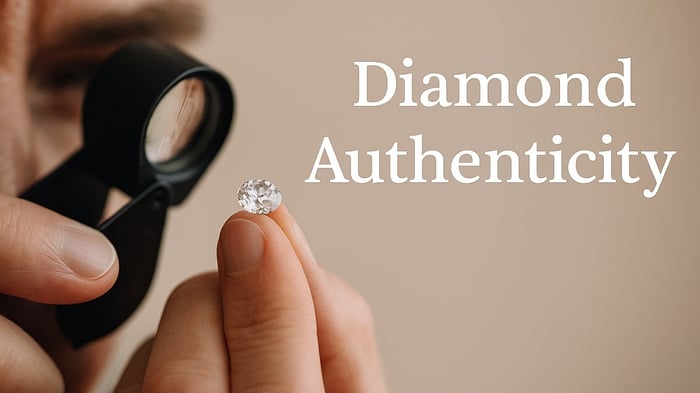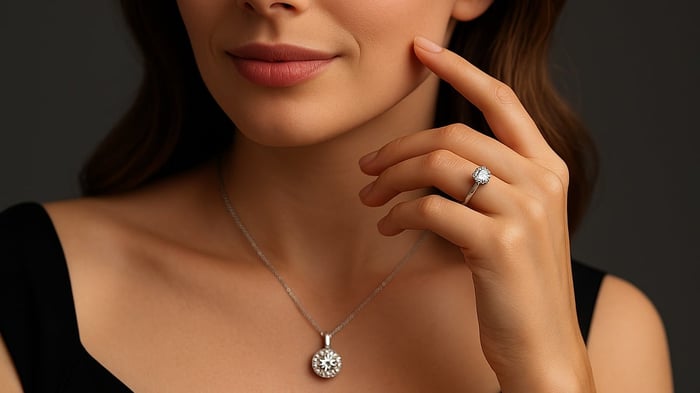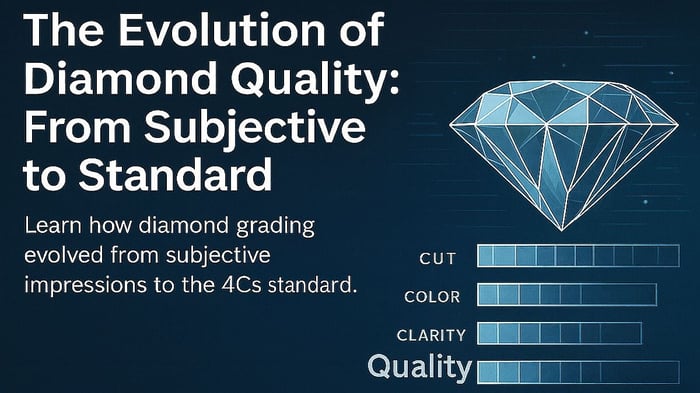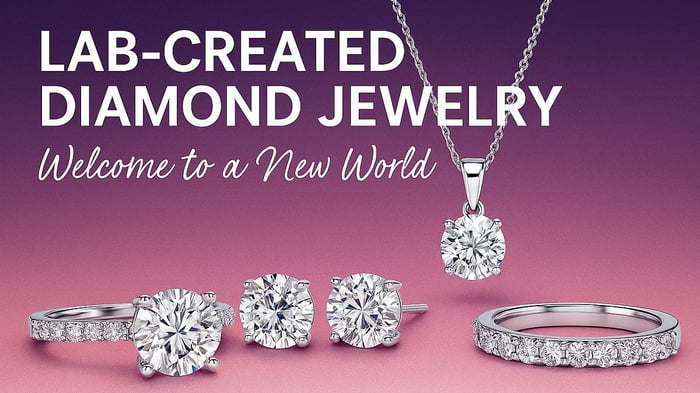Table of Contents
- A Sparkling Revolution: Diamond Authenticity Redefined
- Key Takeaways About Lab Diamond Authenticity
- What Does Diamond Authenticity Really Mean?
- Testing Diamond Authenticity
- Lab-Grown vs. Natural Diamonds
- The Psychology of Authentic Luxury
- Actionable Buying Tips: How to Verify Diamond Authenticity
- Ethical and Environmental Advantages
- Common Misconceptions About Lab Diamonds
- Final Thoughts: The New Meaning of Diamond Authenticity
- Discover Sustainable Brilliance
A Sparkling Revolution: Diamond Authenticity Redefined
The world’s most treasured gemstone — the diamond — is now at the heart of an authenticity revolution. Advances in gemology have given rise to lab-grown diamonds, a game-changer that challenges traditional perceptions of value, luxury and diamond authenticity.
Lab-grown diamonds are chemically, optically, and physically identical to their mined counterparts. They shine with the same brilliance and durability, yet they carry a radically different story — one of affordability, ethical sourcing, and sustainability. Today’s most advanced gem testers, using thermal conductivity, spectroscopy, LED, and UV fluorescence, can determine a diamond’s origin — but to the naked eye, and even under a microscope, these gems are virtually indistinguishable.
This transformation is reshaping the jewelry industry and redefining what authenticity truly means in a modern era of conscious luxury.
Key Takeaways About Lab Diamond Authenticity
Lab-grown diamonds are real, authentic diamonds — identical in composition to mined diamonds.
They are graded by the same 4Cs: cut, color, clarity, and carat weight.
Lab-grown diamonds offer affordability without sacrificing quality.
They provide a sustainable, ethical alternative to mined diamonds.
What Does Diamond Authenticity Really Mean?
For generations, the word “authentic” was tied to rarity — a diamond’s value was linked to its natural origin. But authenticity is no longer defined by where something comes from; it’s defined by what it is and how it’s made.
A lab-grown diamond is not a “copy” or a “substitute.” It’s a diamond in every measurable sense — made of pure carbon, crystallized in the same cubic structure, and graded by the same standards as mined stones.
What’s changed is the process of creation. Instead of forming deep underground over billions of years, a lab-grown diamond forms in a controlled environment that replicates nature’s conditions — achieving in weeks what the Earth takes eons to complete.
For today’s buyers, authenticity is about transparency. It’s about knowing how your diamond was produced, what impact it had on the planet, and whether the story behind it aligns with your own values.
Lab Grown Diamond Chain Necklace 1.10ctw in 18k Rose Gold 18"
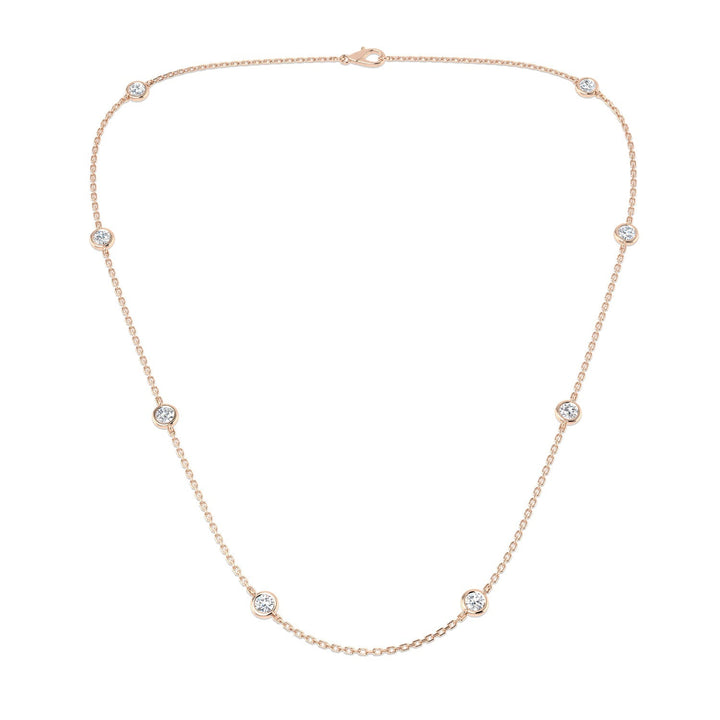
$870.00
$1,605.00
Discover the Lab Diamond Chain Necklace, featuring 1.10ctw of D/VVS quality genuine diamonds, delicately bezel-set along an 18" chain of 18k rose gold. This piece boasts a series of 10 sparkling diamonds, offering a touch of refined grace and sophistication.… read more
Testing Diamond Authenticity
Major grading labs such as GIA (Gemological Institute of America) and IGI (International Gemological Institute) rely on sophisticated technology to confirm a diamond’s identity and origin.
Tests can determine whether a gemstone is a diamond, a simulant (like moissanite or cubic zirconia), or another gemstone entirely.
The main tools used include:
Thermal conductivity testers — Diamonds disperse heat faster than any other gem.
Electrical conductivity meters — HPHT-grown diamonds may show slight electrical conductivity due to trace elements.
UV and LED fluorescence scanners — These reveal distinctive responses in lab-grown vs. mined stones.
Spectroscopy analysis — Provides a “fingerprint” of trace elements that indicate origin.
It’s important to note that lab-grown and mined diamonds both test as real diamonds. The only distinction comes from the internal growth patterns or inclusions that advanced instruments can identify.
For buyers, the takeaway is clear: a lab-grown diamond is 100% authentic. If you want reassurance, always request a grading certificate from a recognized independent lab. It verifies authenticity, quality, and origin.
Lab-Grown vs. Natural Diamonds
In appearance and composition, lab-grown and natural diamonds are identical. They share the same brilliance, hardness, and ability to refract light. The differences lie only in their origin, cost, and environmental footprint.
| Attribute | Natural Diamonds | Lab-Grown Diamonds |
|---|---|---|
| Origin | Formed underground over billions of years | Created in laboratories in weeks |
| Composition | Pure carbon crystal structure | Identical pure carbon crystal structure |
| Hardness | 10 on Mohs scale | 10 on Mohs scale |
| Grading System | The 4Cs (GIA/IGI) | The same 4Cs (GIA/IGI) |
| Price | Premium cost | 30–50% lower |
| Ethical Impact | Linked to mining and environmental concerns | Conflict-free and sustainable |
For the modern consumer, the choice is rarely about one being “real” and the other “fake.” It’s about which story feels right to wear.
Two Row Channel Set Lab Grown Diamond Half Eternity Ring 1.00ctw D/VVS in Platinum
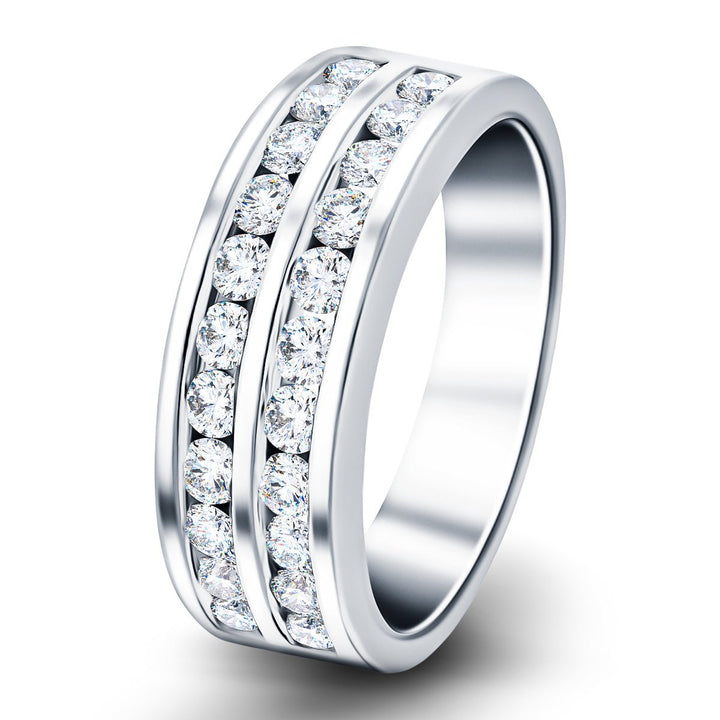
$1,305.00
$3,175.00
Celebrate enduring elegance with the Two Row Channel Set Lab Diamond Half Eternity Ring, featuring a total of 1.00ctw D/VVS quality lab diamonds. These meticulously selected stones are set in a secure channel setting, displaying their round brilliance across the… read more
The Psychology of Authentic Luxury
Historically, diamonds represented status and exclusivity. But as values evolve, authenticity has become more about integrity than rarity. Buyers increasingly seek brands and products that align with their ethics and beliefs.
A 2024 report by Bain & Company found that 65% of luxury jewelry consumers under age 40 now consider sustainability “a key factor” in purchase decisions. In the U.S., lab-grown diamond sales have grown more than 300% since 2020, driven largely by Millennials and Gen Z.
For many, choosing a lab-grown diamond isn’t just about cost — it’s an act of modern luxury: making a conscious choice that aligns beauty, value, and principle.
Actionable Buying Tips: How to Verify Diamond Authenticity
Request Certification — Always ask for a certificate from GIA, IGI, or another recognized body. It will confirm whether the stone is natural or lab-grown and verify quality grades.
Avoid Unverified Sellers — Buy only from jewelers who clearly disclose diamond origin. Authentic retailers will be transparent about lab-grown vs. mined sources.
Check the Laser Inscription — Many lab-grown diamonds have microscopic laser engravings on the girdle with a serial number that matches their certificate.
Ask About Production Method — HPHT and CVD are the two legitimate creation processes. If a jeweler cannot specify which, that’s a red flag.
Compare Value — If you’re offered a “natural” diamond at a huge discount, test it. It could be a simulant or misrepresented stone.
These steps ensure that you get a truly authentic diamond, whether mined or lab-grown.
Lab Grown Diamond Pave Heart Earrings 0.30ctw D/VVS in 925 Silver
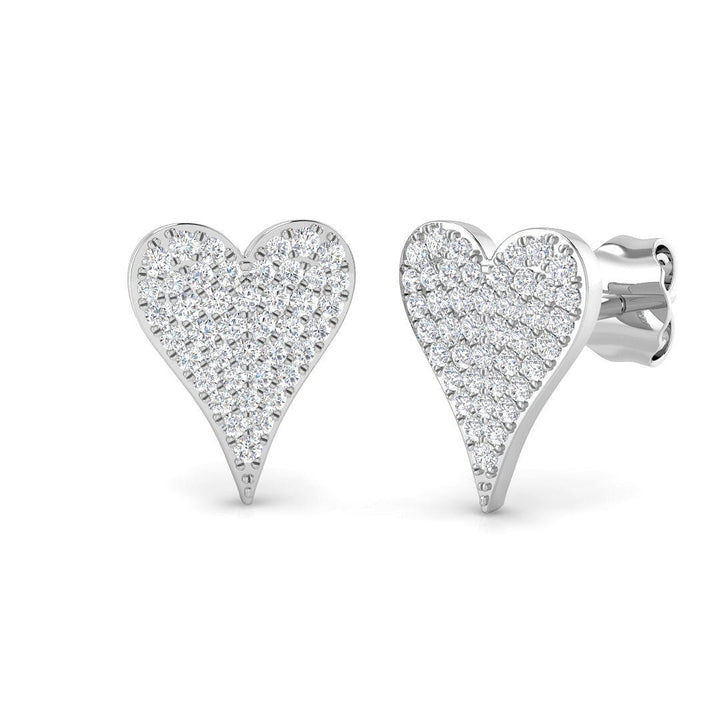
$305.00
$645.00
The Lab Diamond Pave Heart Earrings exude romance and elegance, meticulously crafted with 0.30ctw of D/VVS quality lab diamonds. Each stone is expertly set in a pave arrangement, enhancing the brilliance and creating a stunning sparkle. These earrings are beautifully… read more
Ethical and Environmental Advantages
Beyond price and performance, the biggest driver of the lab-grown revolution is responsibility.
Conflict-free: No association with war zones or human exploitation.
Cleaner production: Uses up to 80% less water and energy than mining.
Smaller carbon footprint: Controlled environments allow for renewable energy integration.
Transparency: Every diamond’s origin can be traced and verified.
By choosing a lab-grown diamond, buyers can wear luxury without guilt — a sparkle that’s beautiful inside and out.
Common Misconceptions About Lab Diamonds
“They’re not real diamonds.”
False. Lab-grown diamonds are made of carbon, just like mined ones, and possess the same hardness, brilliance, and refractive index.
“They don’t hold their value.”
Resale values differ, but so do upfront costs. A mined diamond may retain a higher resale value, but it costs twice as much to begin with.
“They look different.”
Not to the human eye. Even professionals often require advanced instruments to distinguish them.
Final Thoughts: The New Meaning of Diamond Authenticity
The rise of lab-grown diamonds marks a shift in how we define authentic luxury. It’s no longer about where a diamond came from, but how responsibly it was made and what it represents.
Lab-grown diamonds are authentic — scientifically, ethically, and emotionally. They bring together nature’s beauty and human innovation in perfect harmony.
They are diamonds for the modern world: brilliant, durable, sustainable, and true.
Semi Bezel 2.10ctw Lab Grown Diamond Full Eternity Ring D/VVS in 18k White Gold
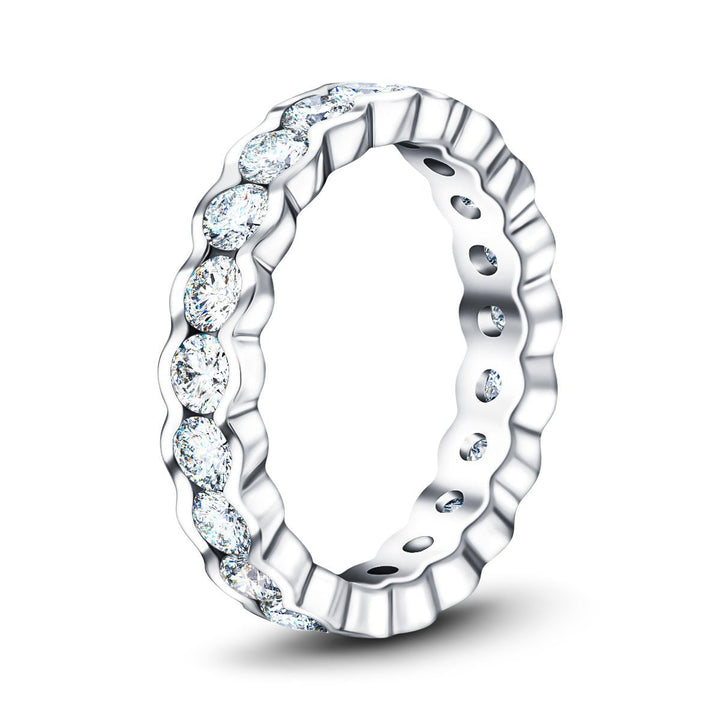
$1,475.00
$3,445.00
Immerse yourself in the timeless elegance of the Semi Bezel 2.10ctw Lab Diamond Full Eternity Ring, crafted in 18k white gold. This exquisite piece radiates with the brilliance of real diamonds, meticulously arranged in a cluster design that encircles the… read more
Discover Sustainable Brilliance
At After Diamonds, we craft jewelry that captures both timeless elegance and forward-thinking values. Each piece features real, certified lab-grown diamonds — ethically produced, precision-cut, and backed by a lifetime workmanship guarantee.
Whether you’re choosing an engagement ring or celebrating a milestone, our designs let you express love and style with authenticity that shines from every facet.
Explore our collection today and discover why the future of diamond authenticity is already here.
